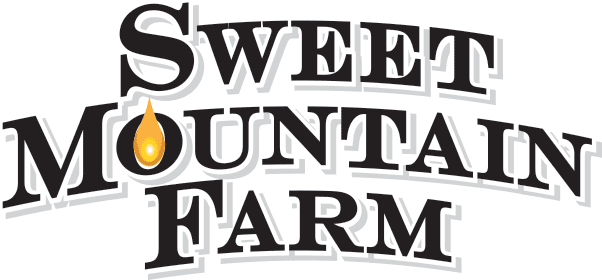Earth Day Abstract (part two)
-written by John Delwiche Henry David Thoreau once wrote: “if a man does not keep pace with his companions, perhaps it is because he hears a different drummer. Let him step to the music he hears, however measured or far away.” Thoreau was a believer in the religious significance of nature. He wanted man (or woman) to live in harmony with nature.
Henry David Thoreau once wrote: “if a man does not keep pace with his companions, perhaps it is because he hears a different drummer. Let him step to the music he hears, however measured or far away.” Thoreau was a believer in the religious significance of nature. He wanted man (or woman) to live in harmony with nature.
Like Thoreau, Gaylord Nelson (the father of Earth Day) believed in nature. So did Jens Jacobsen and Emma Toft. All these men and women were “observers” who practiced good stewardship. They recognized the earth as the giver of life, the source of all food and nourishment. They knew that they were recipients and caretakers of the earth. They did not want to pollute or destroy it.
We can turn to the work of these ingenious observers, who, without the benefit of computers, satellites, or mass spectrometers, combined simple observation with their conscience, and realized we must take care of this world of nature.
We too can be observers. We can be observers of the weather, or an observer of the animals…the wolf’s footprint, the bird’s call, the sounds of nature. How many species have we lost? Which birds are not returning? Where are the Catbird, the Wood Thrush, and the Redstart? Are they on the road to extinction? Are we on the “blind path” towards extinction?
Our Island weather is composed of patterns. The ebb and flow of these patterns determines our climate. As an example, consider this past winter, our coldest in 70 years. It was highlighted by persistent western North American ridging and downstream troughing over the Great Lakes. Breaks in the pattern were relatively infrequent, lasting only a few days to a week. The pattern supported several bouts of bitterly cold air, with the ridge/trough placement forcing cross-polar flow from north to south right across the Arctic into the northern Great Lakes.
It becomes quite obvious that where you were located in relation to the polar airflow played a major role in your temperatures this past winter. There is a mixture of good and bad news here. The amplitude of the Polar intrusion in 2014 was extremely high. Its impact was felt over 2/3 of our country (32 states). In many ways, it rivaled the size and extent of Hurricane Sandy.
On the Island, our “polar” winter of 2013/14 with average temperature of 13.2 degrees Fahrenheit had been preceded by an extremely “warm” winter of 2012/13 with 23.8 degrees Fahrenheit. Such “bi-polar” swings in just two years time are unusual. If we end up having another “extreme” winter (cold or warm), I would consider it a bad indicator for climate health. Let’s hope (and pray) for moderation.
